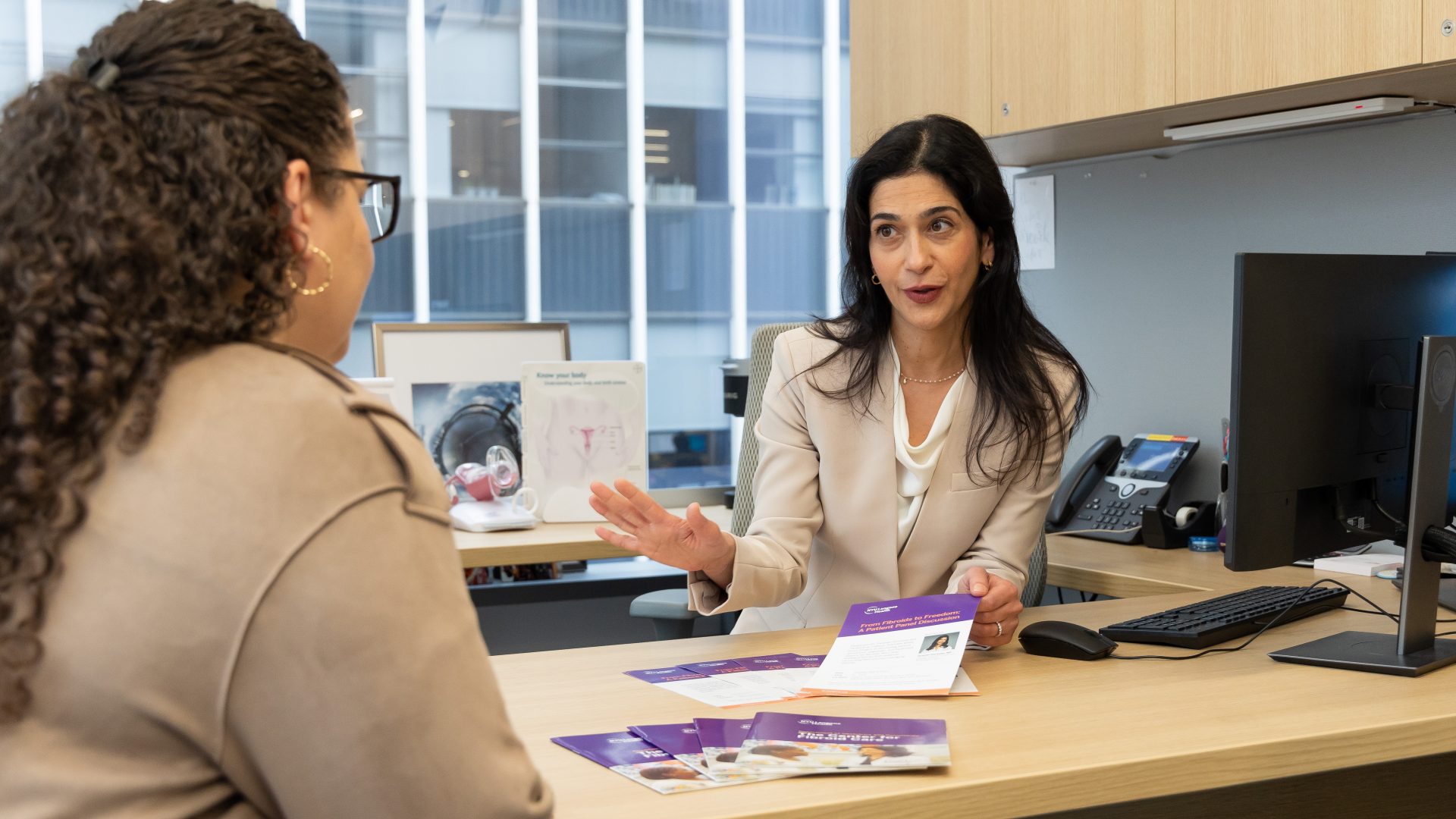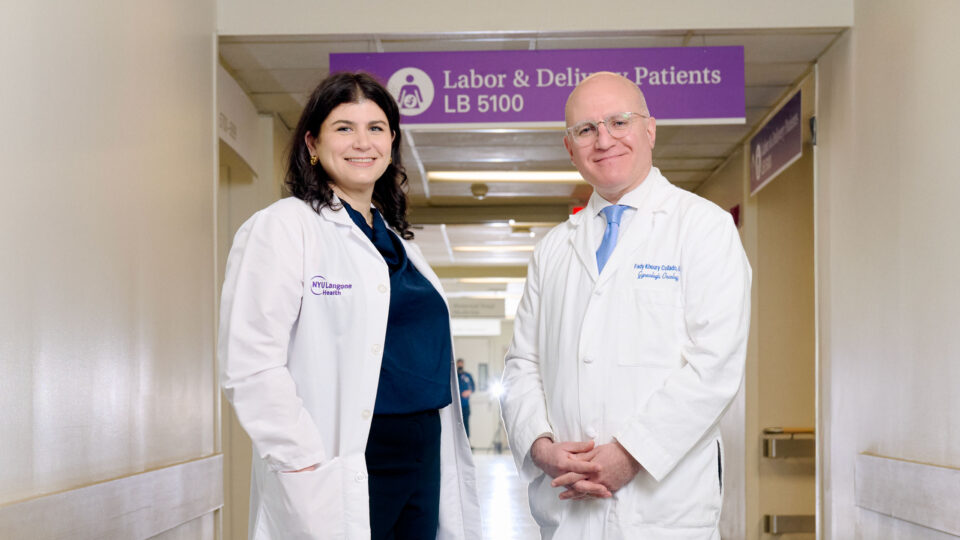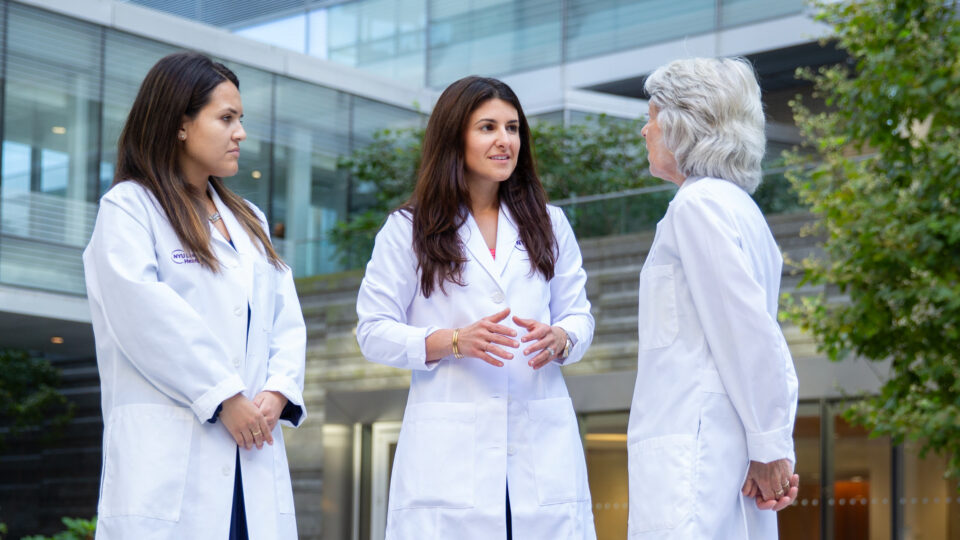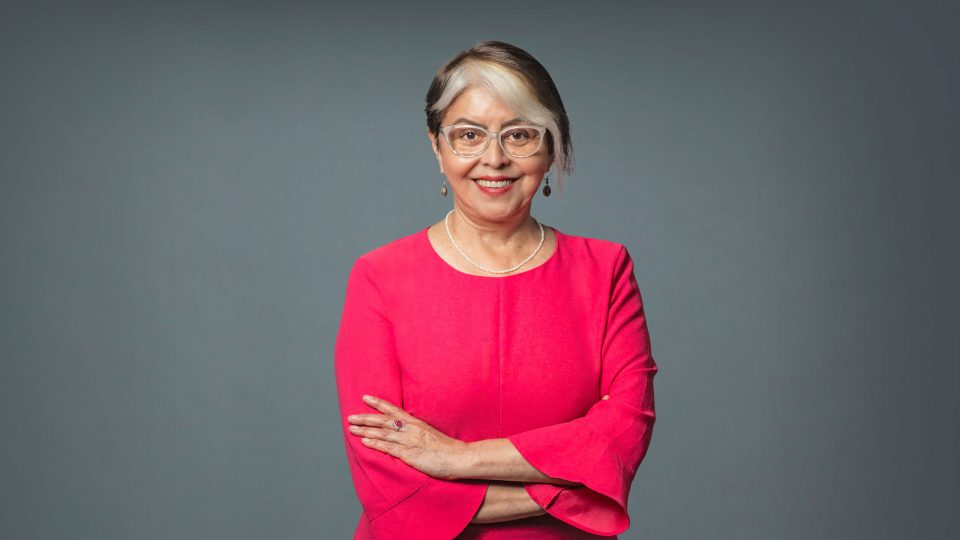NYU Langone Health’s Center for Fibroid Care, a multidisciplinary program dedicated solely to women with fibroid disease, is one of a select few of its kind in the United States. Led by minimally invasive gynecologic surgeon Taraneh Shirazian, MD, the group works to offer every option for women with fibroids, including medical management and active surveillance.
Dr. Shirazian and her team are also actively engaged in research to improve care and treatment for women struggling with this condition.
One recent study from the team, published in the Journal of Minimally Invasive Gynecology, evaluated the relationship between prior treatment and current disease burden in women presenting to the center. The main finding: patients with fibroids who received prior treatment report worse symptoms and a diminished quality of life compared with those who have not yet received treatment.
“Many patients are being treated inadequately or offered treatments that do not align with their life goals, leading to dissatisfaction,” says Dr. Shirazian.
“Many patients are being treated inadequately or offered treatments that do not align with their life goals, leading to dissatisfaction.”
Taraneh Shirazian, MD
The results suggest that those whose fibroid treatment has not been a success can benefit from receiving treatment at a dedicated fibroid center.
Symptoms and Treatment
Uterine fibroids are common benign growths of the uterus. While some women remain asymptomatic regardless of fibroid size, others experience burdensome symptoms that can include abdominal pain, urinary problems, pelvic pain and pressure, and heavy or prolonged menstrual bleeding, Dr. Shirazian says.
“Iron-deficiency anemia is a common issue for women with fibroid disease,” she adds. “Fibroid symptoms can greatly affect a woman’s quality of life.”
The morbidity of uterine fibroids is underscored by the reliance on hysterectomy as the primary treatment option in much of the country, says Dr. Shirazian.
“Because it results in the elimination of childbearing potential, hysterectomy can have a huge impact on overall health and wellbeing,” she explains. “Many women don’t feel comfortable with removing the uterus and can suffer social and emotional distress.”
Myomectomy is the optimal surgical option for those seeking to remain fertile, Dr. Shirazian says, while uterine artery embolization and radiofrequency ablation are additional options to alleviate symptoms.
In addition to surgery and such procedures, medical management represents another approach to addressing fibroids. This includes evidence-based drug therapies such as newer gonadotropin-releasing hormone (GnRH) antagonists, nonsteroidal anti-inflammatories, progestin and hormonal contraceptives, and tranexamic acid.
“Many women experience fibroid symptoms for years, unaware that there are effective nonsurgical treatment options,” Dr. Shirazian says.
Holistic approaches like diet modification, supplementation, and lifestyle changes may also alleviate symptoms and are used as additive strategies at the Center for Fibroid Care.
Cases of Treatment Failure
A recent study involved a survey of 302 patients seeking care at the Center for Fibroid Care. Of the 169 patients who filled out questionnaires, 42, or 25 percent, reported prior fibroid treatment.
Of those patients, 18 reported prior procedural treatment, 8 reported prior medical management, and 16 had experienced both prior procedural treatment and medical management.
Notably, the treatment approach did not affect the study’s main finding. Regardless of whether patients reported previous procedural treatment or medical management, they consistently reported elevated symptom severity scores and lower quality of life compared to those who had not yet undergone treatment.
“While our sample size was small, we weren’t surprised by these findings. Women from across the country come to our center to receive specialized treatment and support.”
“While our sample size was small, we weren’t surprised by these findings,” Dr. Shirazian says. “Women from across the country come to our center to receive specialized treatment and support. Often, patients are not given options that resonate with them and support their life goals.”
Expanding Holistic Approaches
Ensuring treatment plans are tailored to the individual patient is a priority for Dr. Shirazian and her team. In addition to considering the patient’s symptoms and the size and location of fibroids, the team also takes into account the patient’s fertility goals and access to treatment.
“We explain all available treatment options, starting with medications and lifestyle choices, and in more severe cases, surgical strategies,” Dr. Shirazian says.
“Our goal is to make sure patients are aware of effective nonsurgical treatments and to keep expanding those options. We are constantly innovating with novel combinatorial strategies.”
Another ongoing study from the team is evaluating a structured intervention, known as the Lifestyle Intervention in Fibroid Elimination (LIFE) Program, to determine whether a lifestyle, nutrition, and exercise program can modify fibroid recurrence in asymptomatic patients who have had fibroids removed via a myomectomy or other procedure.
“Our goal is to make sure patients are aware of effective nonsurgical treatments and to keep expanding those options. We are constantly innovating with novel combinatorial strategies that may help patients avoid major surgery,” says Dr. Shirazian.






